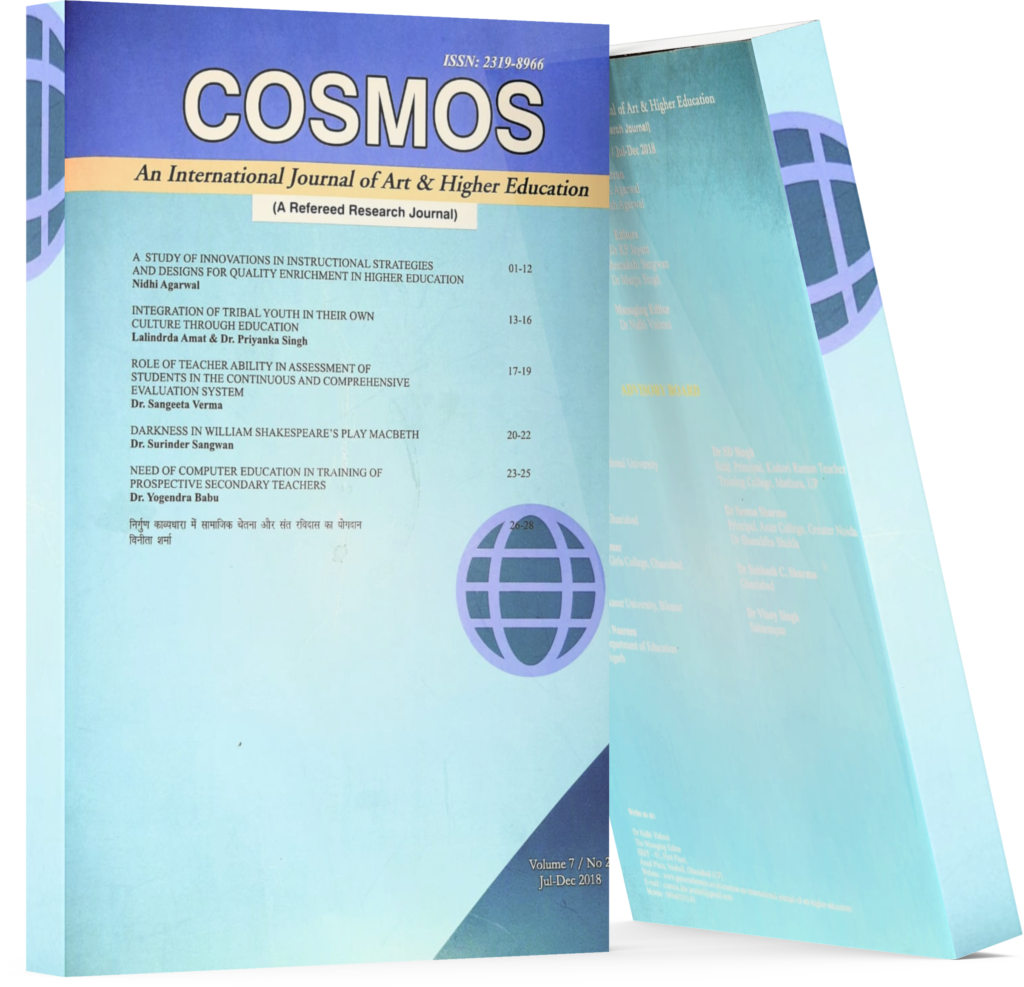The Aesthetics Of Language: Examining Literary Devices In Literature
Keywords:
Aesthetics, Language, Literacy deviceAbstract
The introduction of the essay establishes a theoretical framework for exploring the idea of aesthetics in relation to literature. It explores the interaction between form and content, emphasising the importance of literary devices as instruments that mould a text's aesthetic attributes. The study investigates how metaphors and similes improve the visual and sensual appeal of language, adding depth and richness to descriptions and comparisons. It does this by using examples from both ancient and modern literature. The study also examines the function of imagery in writing, emphasising how vivid and evocative imagery may immerse readers in the world of the author, transport readers to other situations, and increase their emotions. Additionally, symbolism is examined as a literary technique that gives things, people, and events a deeper significance while also making abstract ideas concrete and relevant. The purpose of this research paper is to emphasise the importance of aesthetics in language and literature by analysing and synthesising different literary strategies. It emphasises how the thoughtful and skilled application of literary methods enhances the reading experience by arousing the senses, evoking emotions, and fostering introspection. In the conclusion, this study emphasises the persistent ability of literature to enthral and inspire while adding to our understanding of language aesthetics.
Downloads
References
Dass, R. (2012). Literature in english studies: A theory of how teachers and students in Singapore secondary schools deal with the subject. Sydney: Joint AARE APERA International Conference.
Goodwyn, A. (2016). “Still growing after all these years” The resilience of the ‘personal growth model of English’ in England and also internationally. English Teaching Practice and Critique, 15(1), 7-21.
Carter, R. & McRae, J. (2014). Language, literature and the learner: Creative classroom practice. Rourledge.
Castiglione, D. (2017). Difficult poetry processing: Reading times and the narrativity hypothesis. Language and Literature, 26(2), 99-121.
Ian, C. (2018). Reader response and English education. Research Journal of the National Association for the Teaching of English, 2(1).
Majlis Peperiksaan Malaysia (Malaysian Examination Council). Literature in english syllabus and specimen papers. This syllabus applies for the 2012/2013 sections and thereafter until further notice. Majlis Peperiksaan Malaysia (2012). Printed: Tihani Cetak Sdn. Bhd.

